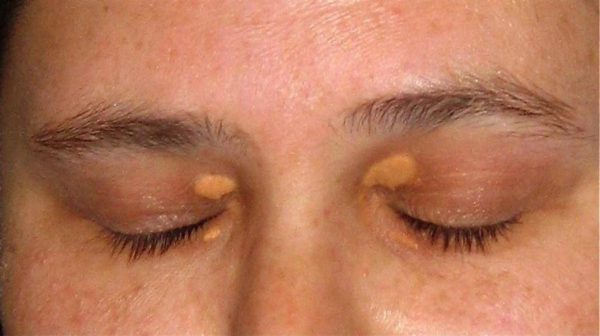What is a CO2 laser?
In 1964, Patel invented the CO2 laser at the Bell telephone company laboratory. Three years later, Poanyi and colleagues applied this technology to surgical treatment. The principle of operation of the CO2 laser is to use the thermal effect to photocoagulate or evaporate the organization.
The CO2 laser beam has a wavelength of 10600 nm, absorbed mainly by water. When the CO2 laser beam is shined on the organization, 98% of the energy of the beam is absorbed by the water and converted into heat, this heat will cause the temperature of the organization to increase and when the temperature of the organization is increased from 60 – 100 degrees Celsius, the proteins are coagulated, when the temperature is greater than 100 degrees Celsius, the evaporation of the organization occurs and when the temperature is from 300 to 600 degrees Celsius, the organization is charred.

To limit the side effects of heat, pulsed and super pulsed CO2 lasers have been produced. This type is 10 times more energetic than a continuous laser beam and has a shorter beam time of 10 to 100 times. Therefore, with pulsed and super-pulsed CO2 lasers, there is a maximum effect of evaporating the organization but minimizing thermal damage to the organization.
In Vietnam, CO2 laser was first applied at 108 hospital. Nowadays, techniques using CO2 laser have made many advances in order to minimize tissue damage. In ophthalmology, CO2 lasers have been used since 2012 in the field of cosmetic eye contouring.
Indications for CO2 lasers include
benign tumors of the skin
- Skin keratosis pilaris: common in age > 50 due to aging skin. Concentrated on the face, lesions are often superficial in the epidermis. After treatment, there are usually no scars and high aesthetics.
- Papilloma (suspended floppy): pink papillae, with stalks concentrated mainly in the fold area. Treatment is easy, leaving a depigmented macule.
- Yellow tumor: yellow tumor due to hyperlipidemia. The tumor can be located on the upper and lower eyelids. Treatment is easy but often leaves scars because the tumor is deep into the dermis.
- Mole, benign melanoma: laser is indicated when the lesion is less than 3 mm, located in the epidermis. For cases larger than 5 mm, surgery must be indicated.

Wrinkle removal: applied by super pulsed laser.
- Laser CO2 or Fractional CO2 has the effect of removing wrinkles and rejuvenating the eye and face area. Attention should be paid to hyperpigmentation after treatment.
Post-treatment care
Care after treatment like a surgical wound, 5-7 days after surgery.
- Keep the sting clean and dry
- If the sting is exuding fluid: wash with Dd Nacl 0.9%, Dd Betadin…
- Use topical and systemic antibiotics
- Anti-edema
- Pain relief
- Sunscreen, anti-scarring after scabbing lesions








































